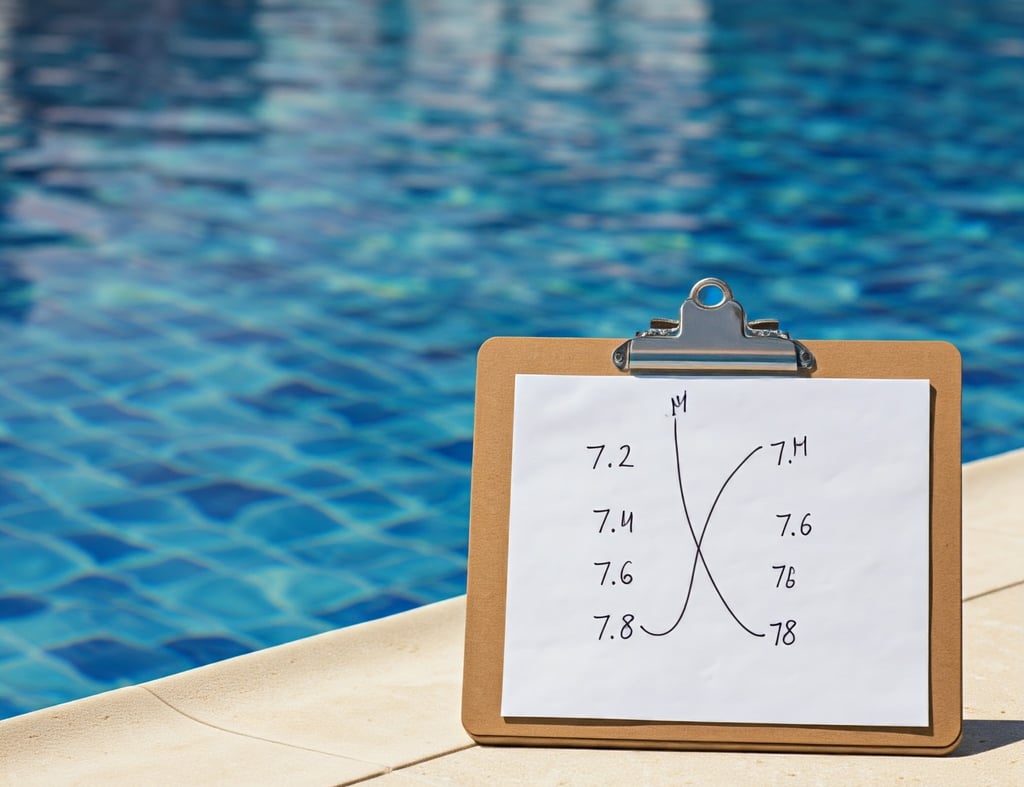The Role of pH in Swimming Pool
Ph has significant role in water and daily life products .
GNE TEAM
10/26/20241 min read


pH is a measure of how acidic or basic a solution is. It is measured on a scale from 0 to 14, with 7 being neutral. A pH of less than 7 is acidic, and a pH of greater than 7 is basic.
The ideal pH level for a swimming pool is between 7.2 and 7.8. This is because at this pH level, the pool water is less corrosive to the pool equipment and less irritating to the skin and eyes of swimmers.
The pH level of a swimming pool can be affected by a number of factors, including:
The type of water used to fill the pool
The chemicals used to treat the pool water
The weather
The number of people using the pool
If the pH level of the pool water is too low (acidic), it can cause the following problems:
Eye irritation
Skin irritation
Corrosion of pool equipment
Fading of pool liner
If the pH level of the pool water is too high (basic), it can cause the following problems:
Cloudy water
Scale buildup on pool equipment
Reduced effectiveness of chlorine
To maintain the pH level of your swimming pool, you should test the water regularly and add chemicals as needed.
Here are some tips for maintaining the pH level of your swimming pool:
Test the pH level of the pool water at least once a week.
Add pH adjuster chemicals as needed to bring the pH level into the ideal range.
Shock the pool regularly to kill bacteria and algae.
Clean the pool filter regularly.
Cover the pool when it is not in use.
By following these tips, you can help to maintain the pH level of your swimming pool and keep it safe and healthy for everyone to enjoy.
GN Envirotech Solution
Expert services in wastewater management and compliance.
FOR Services
Contact
gnenvirotechsolutions@gmail.com
+91 9929-60-8611
GNE SOLUTION ALL RIGHTS RESERVED © 2025
©
